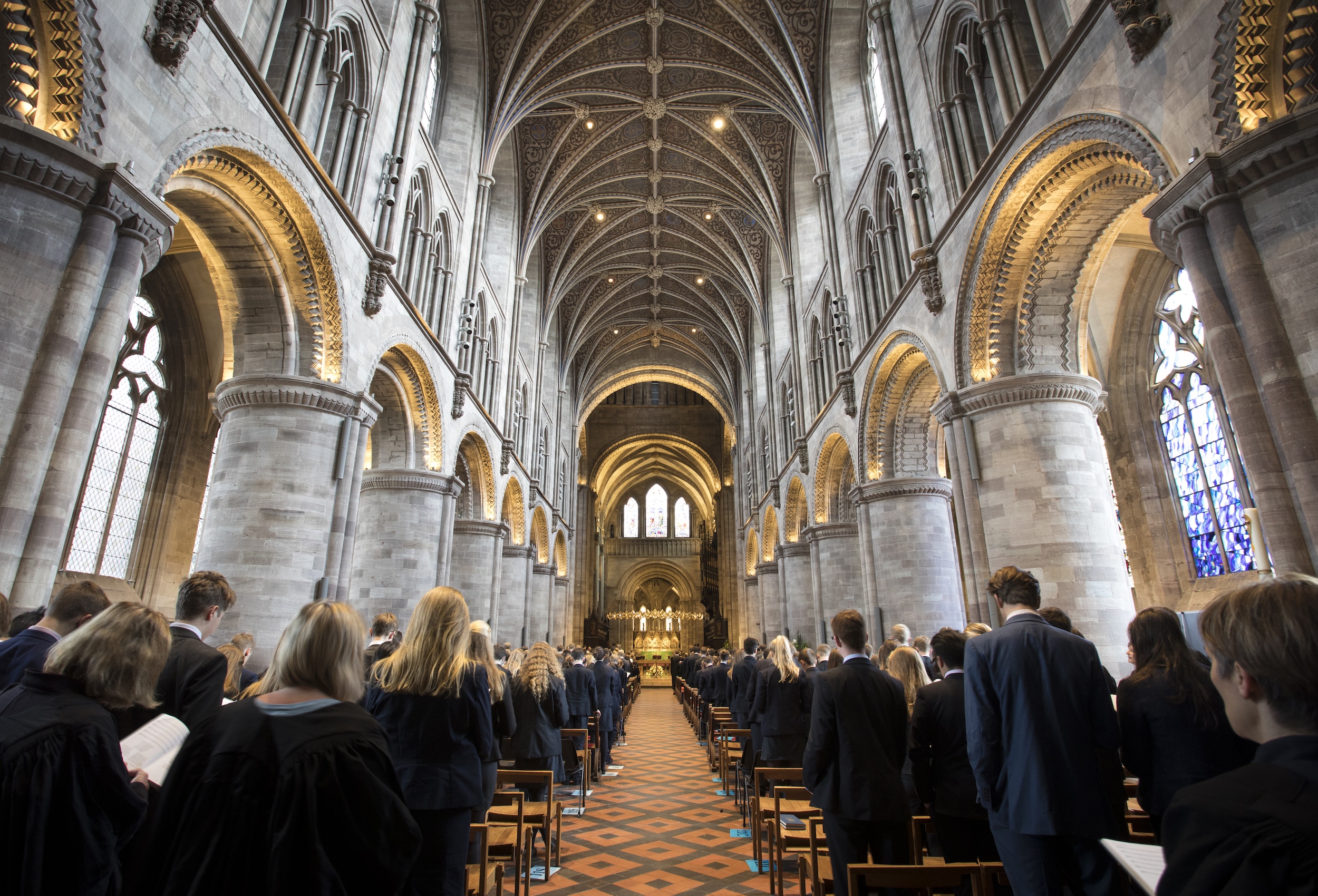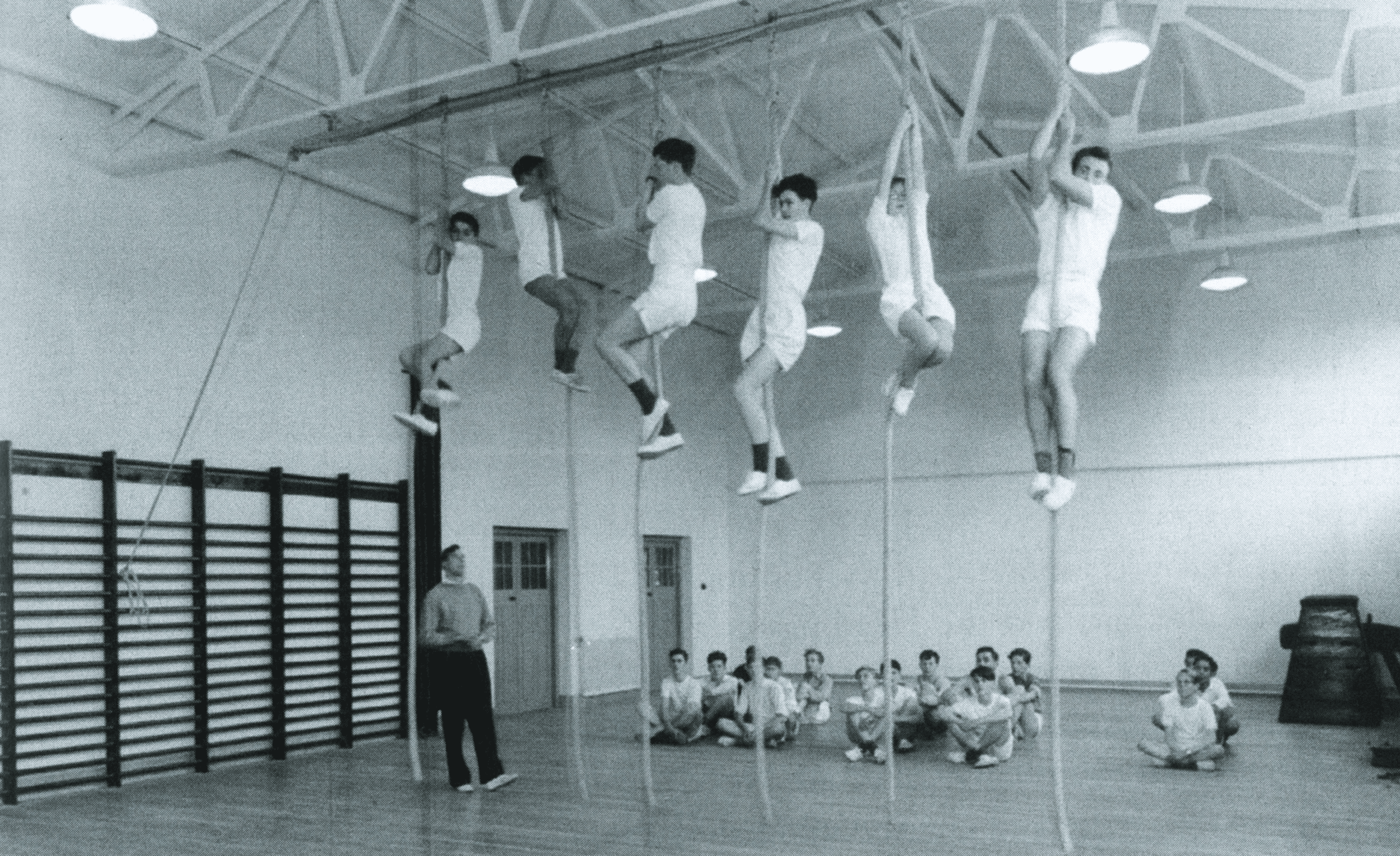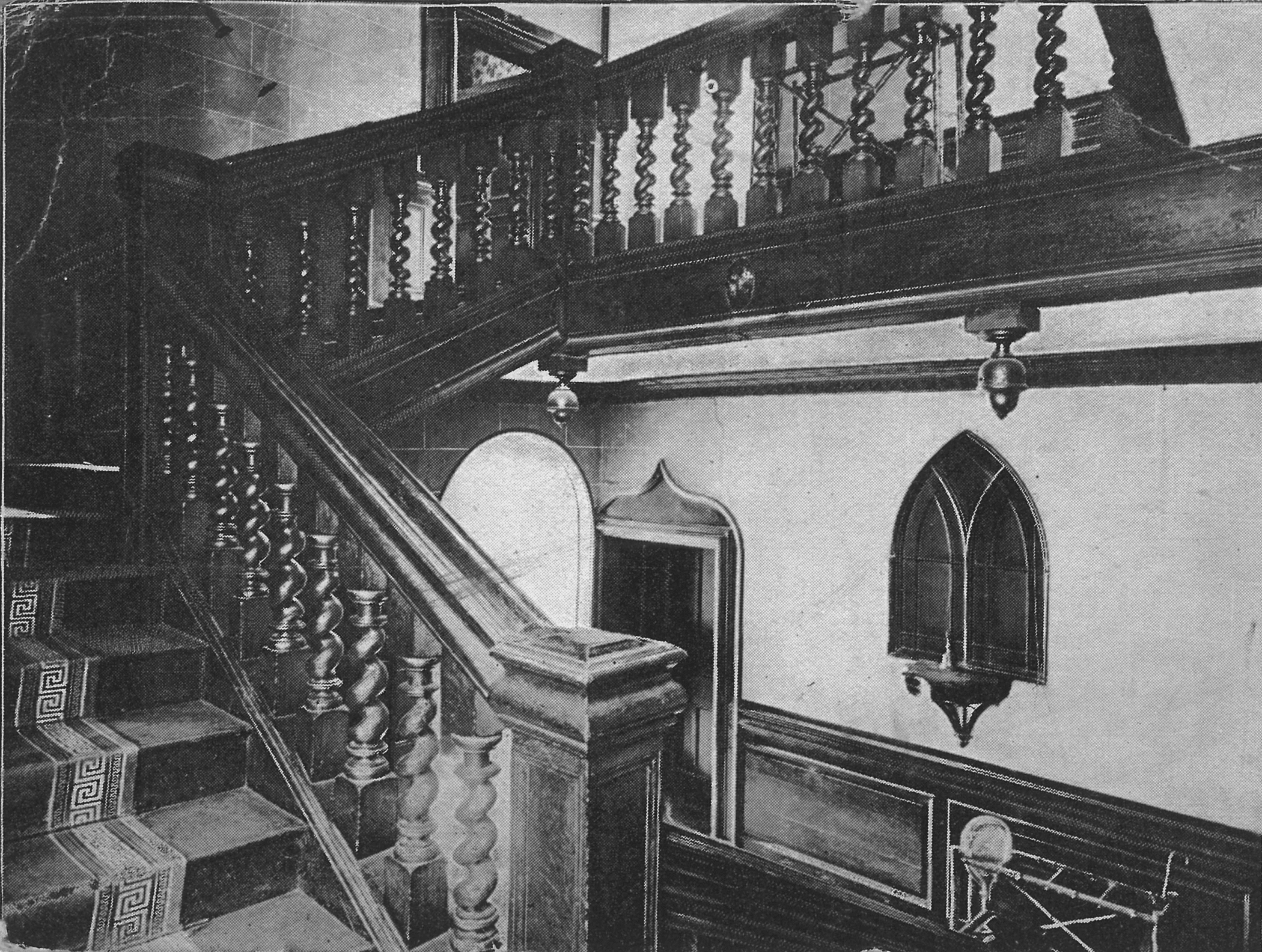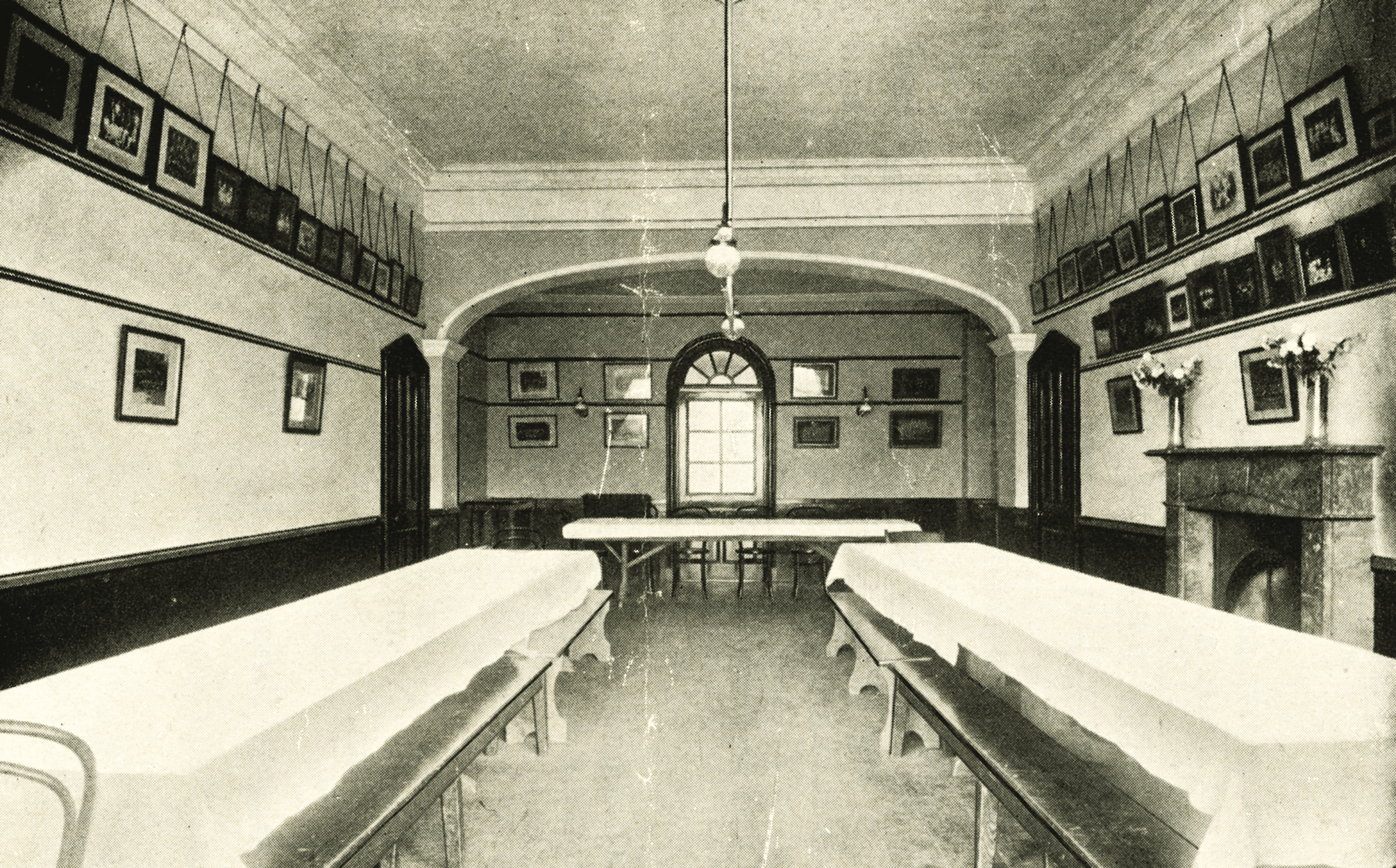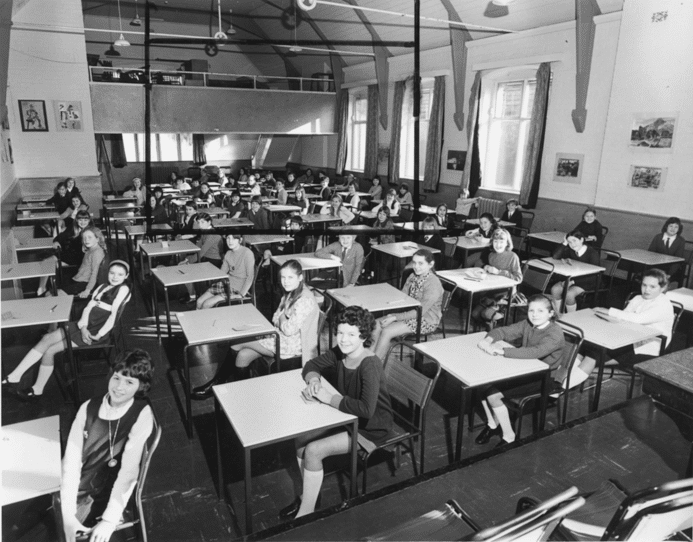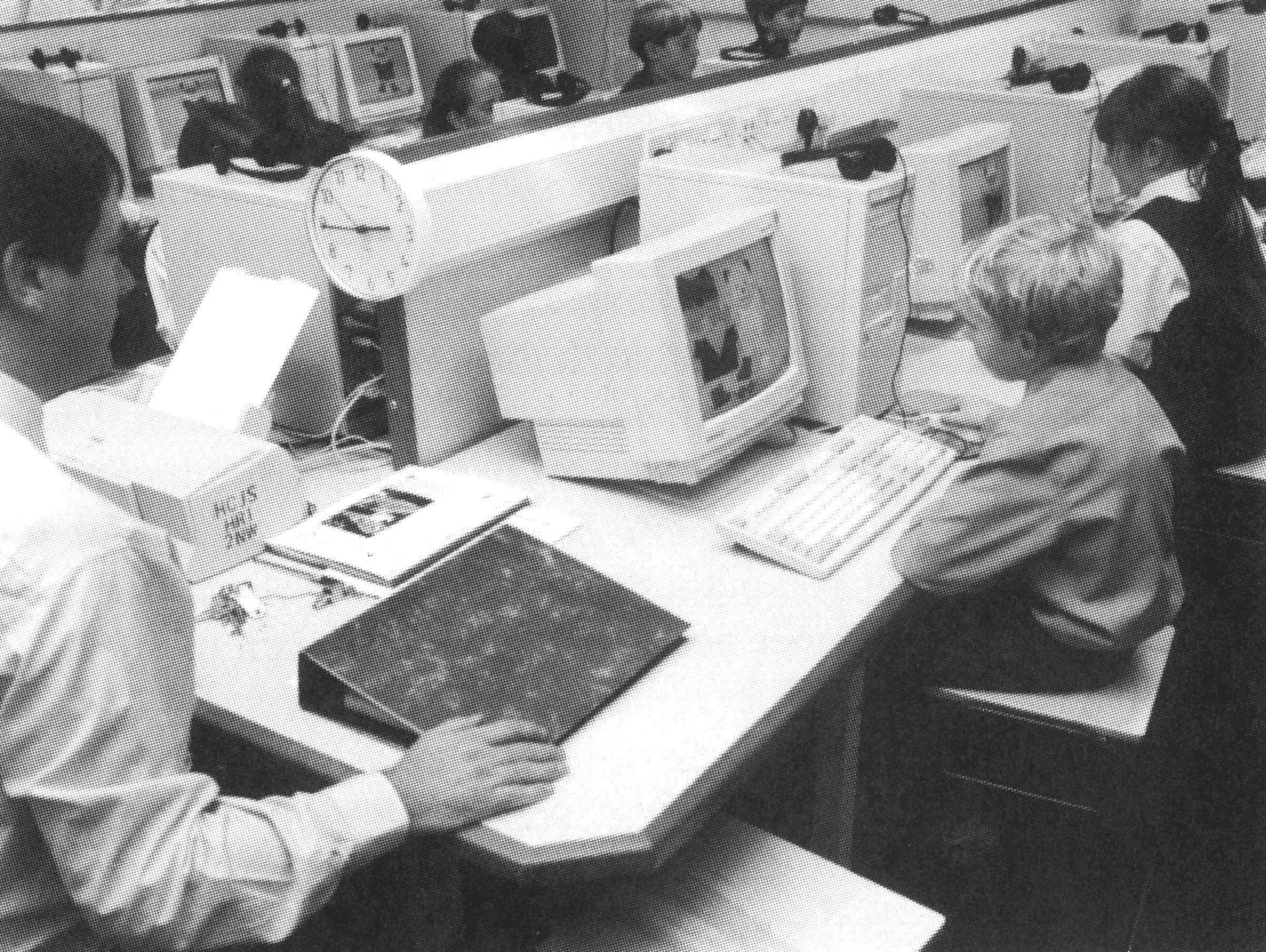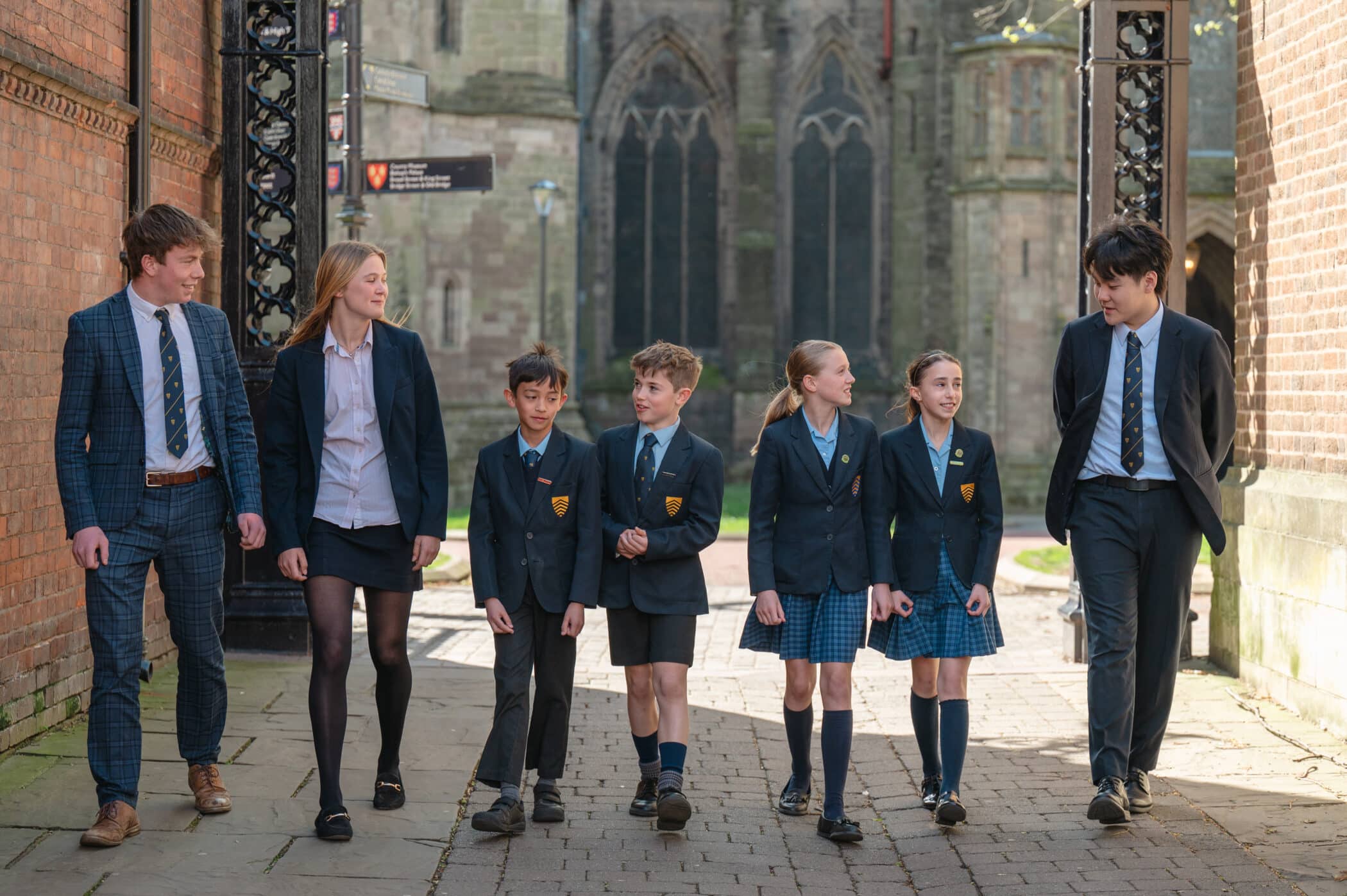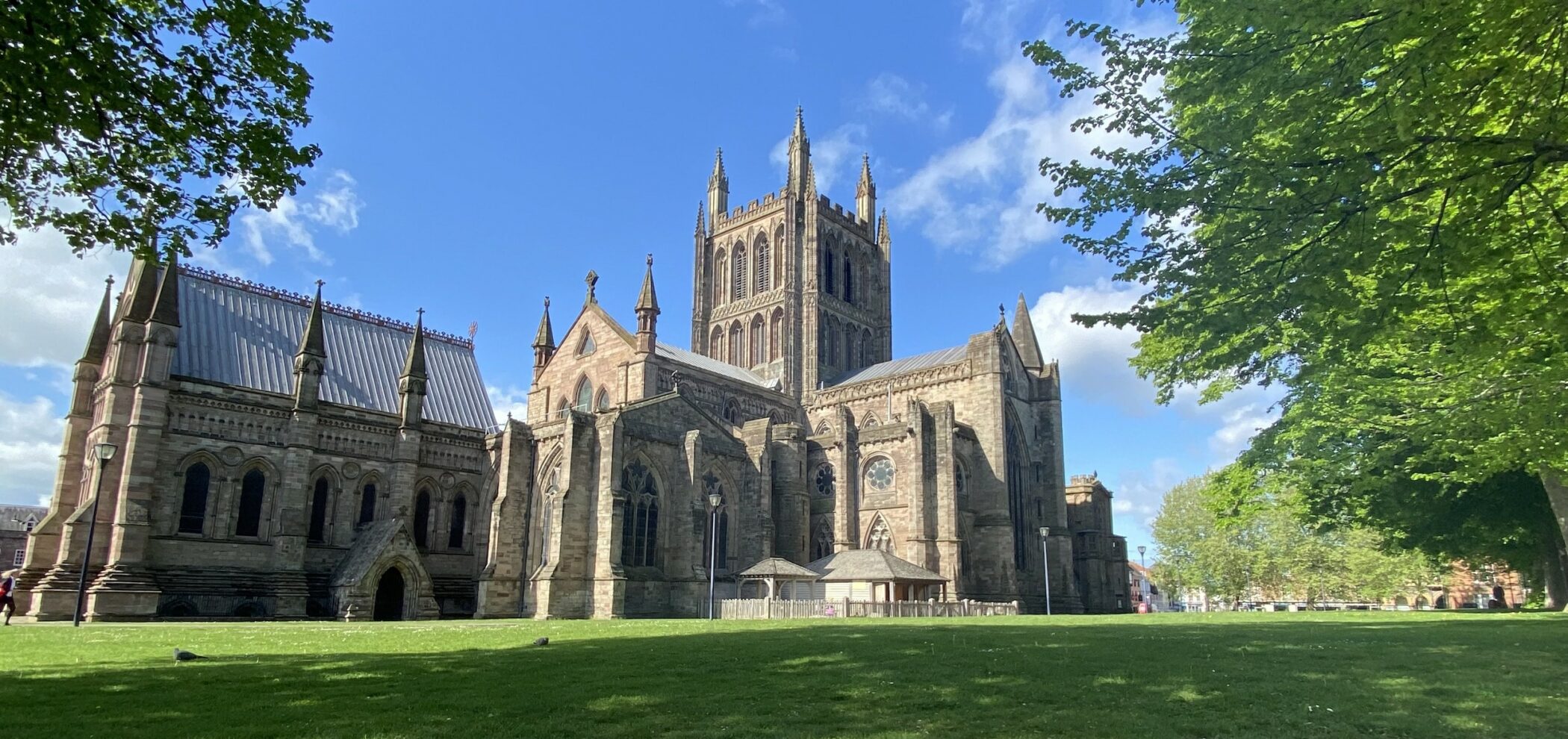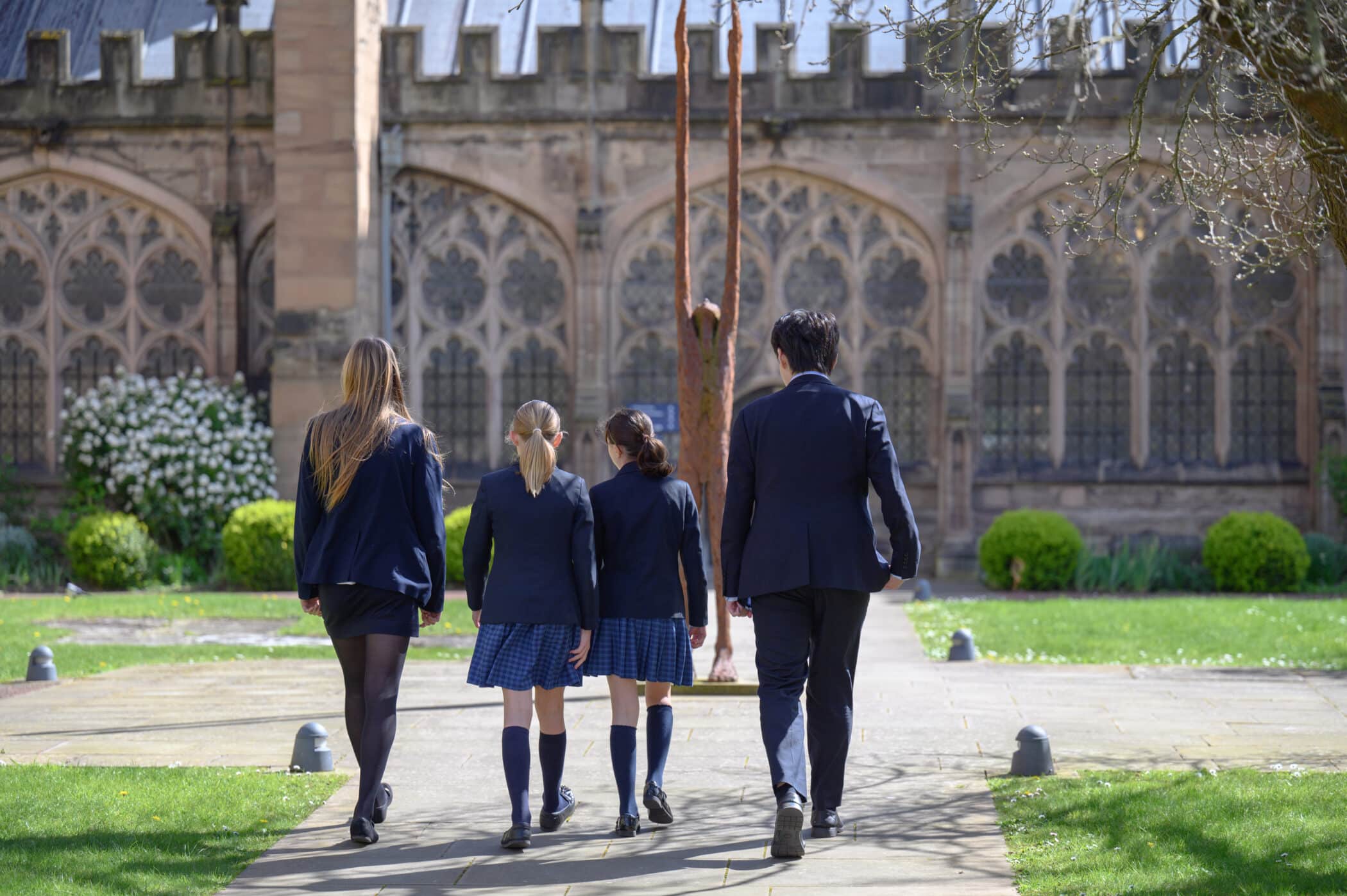Hereford Cathedral School is one of the UK’s oldest schools, most likely dating back to 676AD when the Diocese of Hereford was founded. This would make it the sixth oldest school in the country, originating as a song school attached to the Cathedral. The educating of the Cathedral choristers has continued unbroken to this day.
The School has always been situated in the beautiful Cathedral Close and has expanded significantly since the late 19th century from around 100 boys to its current total of around 750 pupils, with the introduction of girls from 1970. Boarding has always been an integral part of the School’s history with School House, Number One and the Old Deanery all having been pupil accommodation at various times. In 2018, the School re-introduced boarding through the acquisition and opening of Wilmot House in How Caple, which is home to around 40 pupils from across the world.
The Cathedral Prep School was founded in 1898 and moved to its present site on Castle Street in 1925 before becoming Hereford Cathedral Junior School upon its acquisition in 1987 by the Hereford Cathedral School Foundation.
Hereford Cathedral School has a long and venerable history, but its eyes are firmly fixed on the future as it prepares the current generation for the opportunities and challenges of the decades and centuries which lie ahead.






